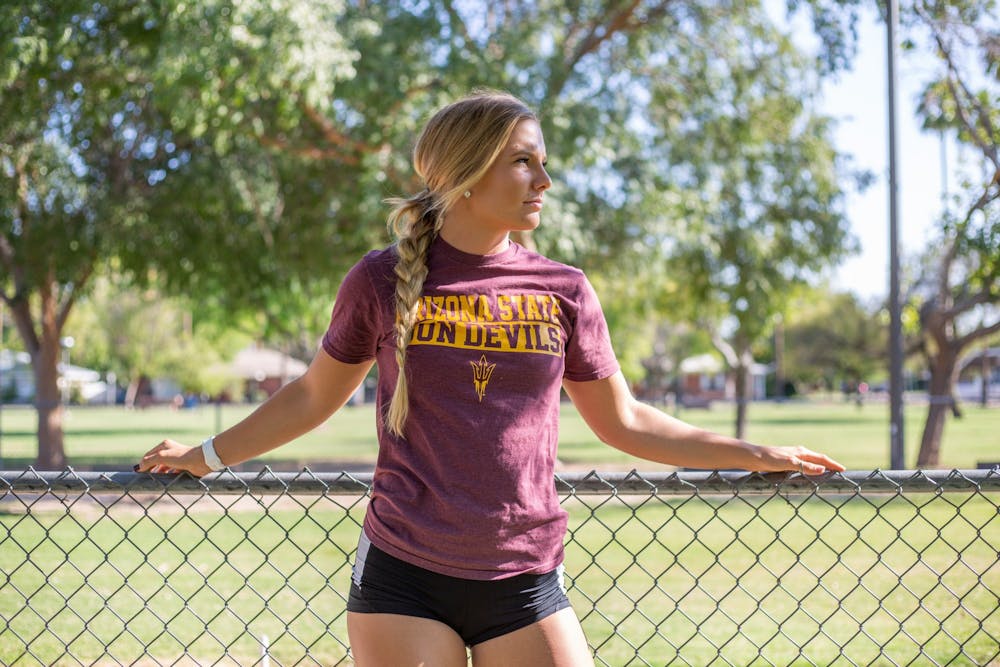Whether it be academics, weather or proximity to home, students transfer universities for a number of reasons — and student-athletes are no different.
Of the 170,000 student-athletes in NCAA's Division I, 13% of athletes transferred from another school.Transferring is more common in some sports, with basketball and tennis having high transfer rates and gymnastics having lower rates for both men and women. Male athletes also have a higher transfer rate than female athletes.
In 2018, the NCAA created the Transfer Portal, which delivered a new way for student-athletes to be scouted by coaches around the country.
When athletes decide to transfer, the first step is communicating with their coaching staff to be entered into the transfer portal and released from their current school. Each year, over 15,000 athletes are entered in the portal.
Vinny Tosti, a transfer baseball player from the University of Oregon, mentioned the decision to transfer was based on fit.
“I decided to transfer because I felt that I could be a better fit at a different school both on and off the field," Tosti said. "I chose ASU because I felt like it was the best place for me to reach my potential as a student-athlete.
Tosti, originally from southern California, said proximity to home and the warm weather were also deciding factors.
Mailey McLemore, a junior transfer softball player from Foothill College in California, cited coaching for her choice to move to Tempe.
“The reputation of the school and the softball program made me choose ASU," McLemore said. "I knew that (the coaching staff) would help me get to my full potential as a player.”
Track athlete Keiley Sharp, a sophomore transfer from Texas Christian University, said her studies were just one of the reasons to transfer.
“Definitely the coaches, trainers and the Walter Cronkite school," Sharp said. "I’m excited to continue my sports broadcasting journalism major at one of the top journalism schools in the United States.”
Sharp pointed to Track and Field assistant coach Brian Blutreich's background in javelin as another reason to come to ASU.
With the transfer portal being a new process for some athletes, Sharp mentioned a few hiccups along the way.
“It wasn’t a simple process by any means," Sharp said. "However, I am thankful the process wasn’t too bad with the help of TCU and ASU compliance.”
The transfer portal isn't the only way for athletes to be seen by new schools. Once athletes are granted release from their school, or attend junior college, coaches from other institutions are free to contact them.
“I actually did not use the transfer portal much. Most of the schools that ended up reaching out to me did not do so through the transfer portal," Tosti said. "The hardest part of the transfer process for me was initially transferring out of The University of Oregon (and) deciding whether to go to a junior college and be able to play my season, or go to a Division I school immediately and have to sit my season out due to the NCAA rules.”
Reach the reporter at anvalle1@asu.edu and follow @amandaa.valle on Twitter.
Like State Press Sports on Facebook and follow @statepresssport on Twitter.




